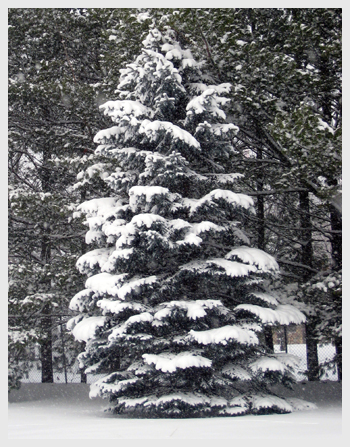Most Wanted Insects & Diseases

Aphids and Adelgids: Feed on leaves and twigs by piercing & sucking plant sap and depositing it as honeydew. Proliferation can go undetected until severe plant damage occurs.
Mites: Feed on leaves, needles, buds, causing browning of foliage and abnormal growth.
Emerald Ash Borer: Exotic beetle newly introduced to Colorado. Larvae tunnel into bark and wood of ash trees, causing decline and death by girdling the vascular cambium.
Lilac Ash Borer: Adult moths, lay eggs hatching into larvae, which bore into wood of ash and lilacs creating rough gouging wounds resulting in structural damage and tree decline.
Ash Bark Beetles: Feed, mate and create egg galleries underneath bark of small limbs causing limb and twig die back.
Ips & Pine Beetle: Adult beetles attack, feed, mate and create egg galleries underneath the bark of conifers. Tree decline, yellowing, top die back or death is typical a year after colonization. Control of pine beetle is achieved using a preventative spray.
Japanese Beetle: Exotic, metallic green, beetles newly introduced to Colorado. Damage is obvious defoliation in over 300 different species of trees, shrubs and vines. They often reach an obnoxious population becoming a conspicuous nuisance to humans as well.
Tussock Moth: Caterpillar that feeds on spruce and fir needles, defoliating the tree from the top down.
Elm Leaf Beetle: Yellow beetle with black stripes. Adults and larvae feed on elm foliage, skeletonizing the leaves.
Oyster Shell & Poplar Scale: Scales are insects that feed on plants and secrete a protective waxy coating, attaching them a plant. These small scales can build into large colonies covering large areas of the bark. Typical hosts are aspen, cottonwood, poplar and ash. Damage starts slow, but years of infection results in bark death and tree decline.
Kermes Scale: Twig feeding gall-like scale that only occurs on oaks. Damage is slow twig die back, and wide spread infection causes severe tree decline.
European Elm Scale: Leaf and twig feeding scale, associated with elm. Heavy infestations cause die back of twigs and branches. Large amounts of tree sap are lost reducing tree vigor and producing large quantities of honeydew and sooty mold.
Needle Scale: Scale insects that feed on conifer needles. Large colonies form in the interior needles, becoming obvious because of their white waxy covering. Defoliation of infected needles causes a hollow appearance and reduces plant vigor.
Spruce Gall Adelgid: Insect affecting terminal growth of spruce causing ugly brown galls.
Spruce Bud Worm: Insect larvae feeding on new growth of conifers causing defoliation. Loss in vigor leaves the tree more susceptible to Ips beetle attack.
Pine Sawfly: Insect larvae feeding on pine needles causing defoliation and decline in tree vigor.
Tip Weevil: Insect colonizing central leader of white pines and spruce causing terminal stem dieback, stunting, and abnormal growth.
Leaf Disease: Fungal or bacterial infections of leaves causing defoliation.
Fire Blight: Bacterial infection of branches causing twig and limb dieback. No chemical treatments are effective, only pruning dead limbs while dormant is successful.
Thousand Cankers: Fungal disease of walnut trees transmitted by walnut twig beetle, causing branch and tree death.
Dutch Elm Disease: Fungal disease transmitted by elm bark beetles, causing tree death in American elms.
Pine Wilt Nematode: Disease transmitted by pine sawyer beetle into non-native pines, such as scots and Austrian pines. Often times the tree dies in matter of weeks during summer, following the infection.

